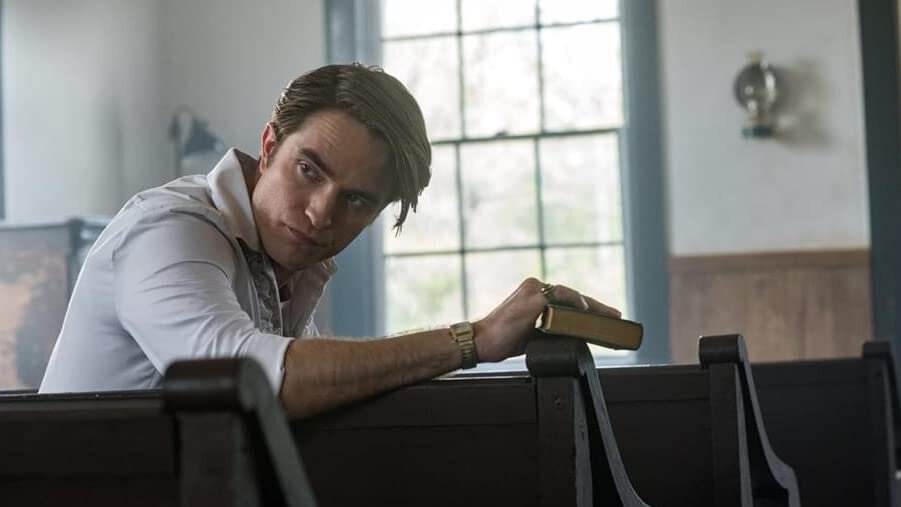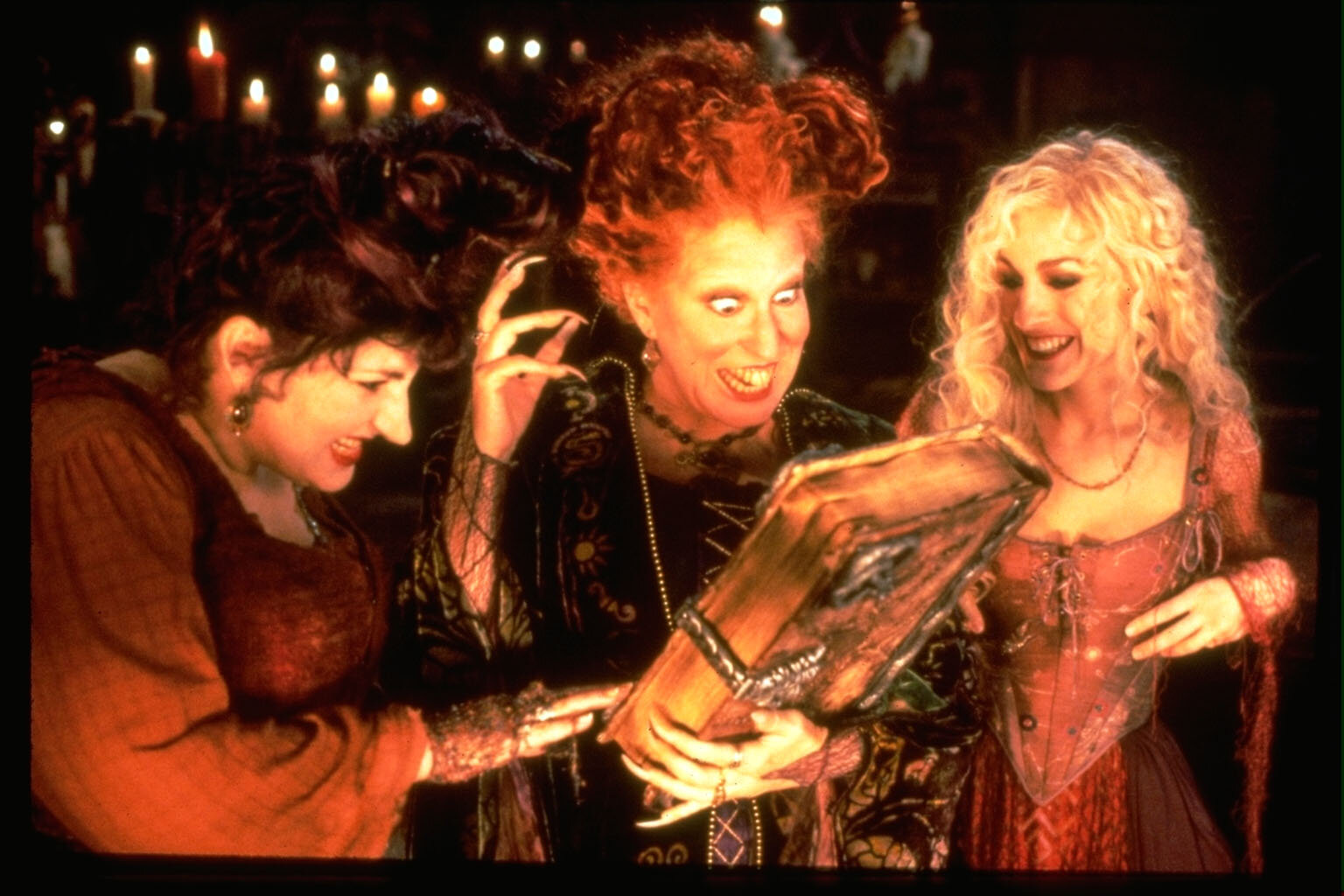
Unease: A Review of Damian McCarthy’s Caveat (2020)
This bifurcation is present from frame one, as Isaac may be “mad”, but he is not insane – he makes, for the most part, soundly logical decisions in spite of his amnesia. Conversely, Olga is both mad and insane, in that she is unrealizable, unstable, and acts without the aid of an externalizing logic. Moe is not-mad and insane, with his chaotic, destructive, and manipulative actions acting as the driving force behind the events of the film.

Nosferatu (2024): Not Your Grandpa’s Vampire Flick
“Finally, a vampire movie I can sink my teeth into” I thought to myself as murmurs rippled through the theatre.
“This is the Dracula story I’ve been waiting for.”

Isolation and Urbanity in Damian McCarthy’s “Oddity”
“Just like every other genre, horror spans the entire spectrum of colors in beautiful (and sometimes disgusting) ways,” and McCarthy’s commitment to gold tones only makes the climax of the film more impactful with its sudden, piercing use of ice white and cool blue.

Maritime Musings — Reflections from IGA 2024: Halifax

Penny Bloods: Gothic Tales of Dangerous Women
The stories highlighted in this collection offer some of the best and bloodiest of nineteenth century horror stories, drawing us back in time to some of the origins of some of our most wonderfully creepy story traditions. Dr. Dittmer’s introduction offers a wealth of knowledge for those who are new to the history and origin of the Penny Blood, and the recommended reading contained in the footnotes points those who want more information in a very generative direction. The piece is well-edited, well-structured, and offers opportunities for enjoyment for scholars and casual readers alike.

The Haunting Season: Eight Ghostly Tails for Long Winter Nights (And Days)
The Haunting Season is an anthology of eight short stories that range from mildly spooky to genuinely disturbing. They range in themes and subject matter (although all of them seem to sit firmly in an ostensibly western horror tradition) and employ a range of techniques from isolationism to The Weird to the pure horror of mundanity. Overall, I’d recommend the collection if you’re looking for some light spooky reading, but I wouldn’t necessarily encourage one to go out of their way to procure a copy unless, like me, you get a real thrill from adding to an ever-growing collection of horror literature that threatens the structural integrity of your thrifted (and possibly haunted) nightstand.

Nalo Hopkinson’s “Skin Folk”
Oh, God, I does be so free like this! Hide the skin under the bed, and fly out the jalousie window. The night air cool, and I flying so high. I know how many people it have in each house, and who sleeping. I could feel them, skin-bag people, breathing out their life, one-one breath. I know where it have a new one, too: down on Vanderpool Lane. Yes, over here. Feel it, the new one. So much life in that little body.

Macabre Fascinations in Cassandra Khaw’s “Nothing but Blackened Teeth”
Although Khaw’s writing spins fascinating webs between traditional folklore and contemporary drama, the marked lack of editing throughout the novel distracted from their intermittently stunning prose.

Grief and Embodiment in Ahmed Saadawi’s “Frankenstein in Baghdad”
“The rest of the shed was dominated by a massive corpse—the body of a naked man, with some small dried patches on the arms and legs, and some grazes and bruises around the shoulders and neck. It was hard to say what color the skin was—it didn’t have a uniform color… the area where the nose should have been was badly disfigured, as if a wild animal had bitten a chunk out of it. Hadi opened the canvas sack and took out the thing. In recent days he had spent hours looking for one like it, yet he was still uneasy handling it. It had a fresh nose, still coated in congealed, dark red blood. His hand trembling, he positioned it in the black hole in the corpse’s face. It was a perfect fit, as if the corpse had its own nose back. “

Yuletide Musings: Frigid, Lonely, Grateful
Horror invites you to fully embody and express your grief. It does not attempt to distract, or pacify, or soften the blow of sorrow.
Horror instead offers you a bat and an old teapot and says: “Go on, break it. Scream while you do it. It isn’t healthy for you to hold that all in.”
That deeply intimate invitation to bring your darkness to the surface of your soul and gaze upon it - unflinchingly and with grace - is invaluable for a true integration of our own shadow.
In many ways, horror is more “real” to me than “realism” for that reason. There is safety in metaphor: comfort in the monster.

Revenants and Revisitations: Thoughts on Lisa McMann’s Cryer’s Cross
WE
Achingly close. We sense the warmth but We can’t reach it. Want. Need! Thirty-five, one hundred. Thirty-five, one hundred. We cry out to be touched, fear gripping Our scratchy voices. Fifty cold years in the darkness, boiling in regret. Come closer! We want you, more than We wanted the last.
Torturously.
Please. Save me.

A Rueful Samhain Confession
My high hopes for October posts have died a pitiful, solitary death. I’m hoping you all forgive me as I get back on track for November.

“The Devil All the Time”: American Gothic & Violent Faith
“It seemed to his son that his father was fighting the devil all the time.”

Childhood Whimsy in Hocus Pocus
“Come little children / I'll take thee away / Into a land of enchantment / Come little children / The time's come to play / Here in my garden of magic…”

Odd Comforts in Del Toro’s “Crimson Peak”
“The marriages were for money, of course. But the horror… the horror was for love.”

Blood of my Blood: First Impressions of Netflix’s “Midnight Mass”
Amid a stunning mélange of isolating scenery, claustrophobic small-town politics, and a stunning reinterpretation of Catholic lore, one element of Netflix’s Midnight Mass stands out: the horror, the unspeakable bloody horror of the thing, was once again for love.

Mexican Gothic: A Mixed Review
I must (and, of course, will) tread carefully here, particularly as last week’s post was on the importance of highlighting and consuming Gothic media by non-white authors and creators, but it would be disingenuous of me to sing the praises of Mexican Gothic without cautioning against some of the glaring issues with the function (not the form) of the text.

Eurocentrism in The Gothic: Preliminary Threads
This was probably the right post to have formulated while on holiday in Ottawa, as although the city is beautiful, it is an absolute theme park of colonialism, and being surrounded by statues of European white men and buildings that emanated this fallacy of superiority was good motivation to tackle this topic.

Things in Jars: Reflections
Jess Kidd’s stunning romantic Gothic mystery, Things in Jars, is a magnificent blend of spooky, haunting, suspenseful, and tender. This was the first novel I successfully read after completing my master’s degree — although it wasn’t without its false starts, as I actually started the book well over a year ago. I picked up this book at Book Warehouse on West Broadway in Vancouver, about a week before the COVID-19 pandemic completely uprooted me from my life, and that, unfortunately, prevented me from getting farther than about 30 pages into the book. The fault here lies solely with me, as Kidd’s prose is, quite frankly, brilliant. In fact, although the cover of the book is what caught my eye, the first line of the book is what made me put it in my basket. “As pale as a grave grub, she’s an eyeful.” And the book only gets better from there.

A Warm and Timorous Welcome
If you’re coming here from my first attempt at a curated approach to my love for horror media, I’m sure you’ll find this a vast improvement. If you’re stumbling across this for the first time, well then, count me relieved you never saw the first iteration of this dreary and potentially ill-fated experiment before this moment. Regardless of who you are or why you’re here — welcome! Please accept my sincere condolences for what you are about to experience.
